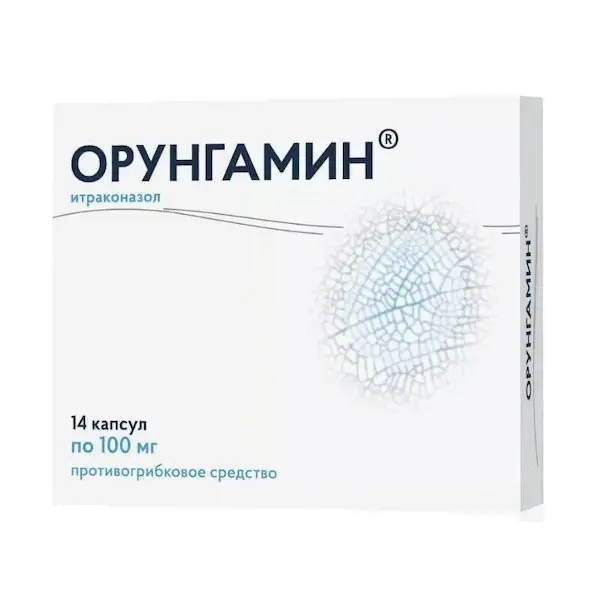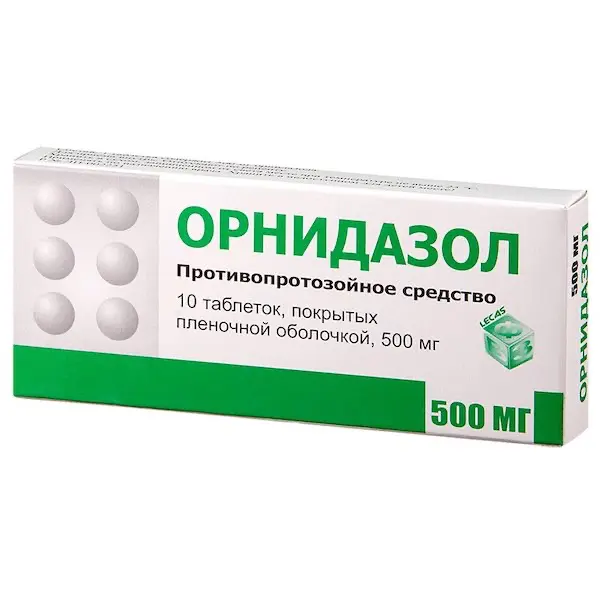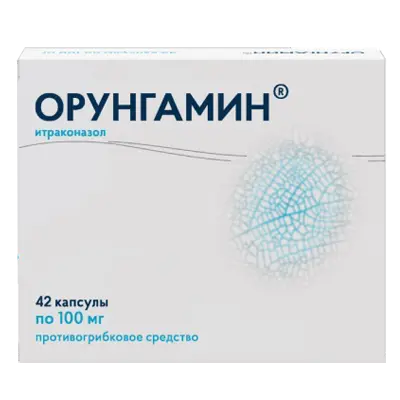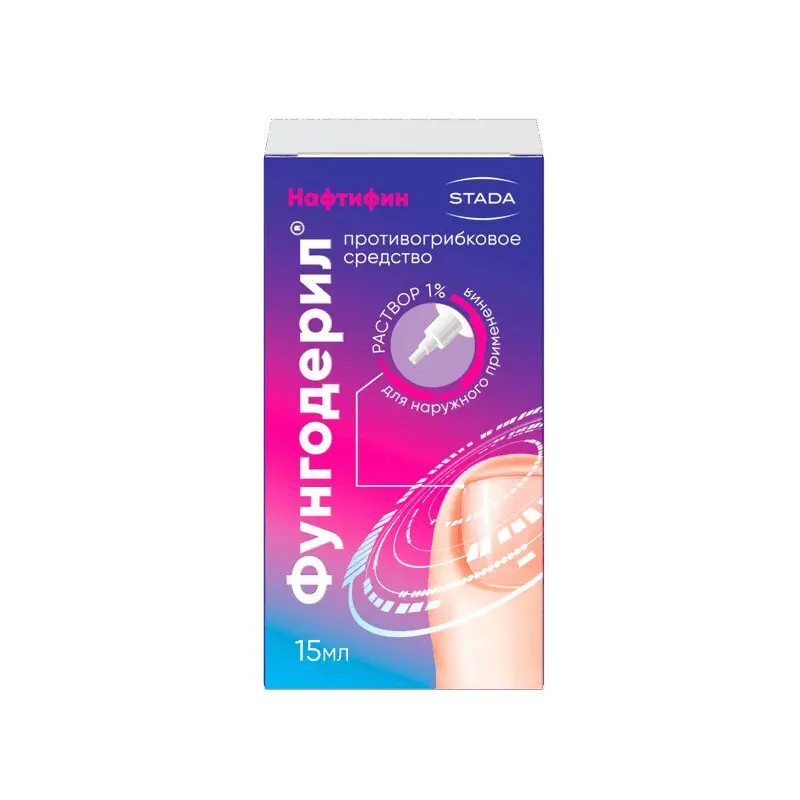Description
Orungamin Pharmacodynamics
Orungamin ® is a synthetic broad-spectrum antifungal agent, a triazole derivative. The mechanism of action of itraconazole is inhibition of ergosterol biosynthesis – the main component of the cell membrane of fungi involved in maintaining the structural integrity of the membrane. Disruption of ergosterol synthesis leads to a change in membrane permeability and cell lysis, which determines the antifungal effect of the drug.
Itraconazole is active against infections caused by fungi:
– dermatophytes (Trichophyton spp., Microsporum spp., Epidermophyton floccosum),
– yeast-like fungi (Candida spp. including Candida albicans, Candida tropicalis, C. parapsilosis, C. krusei, Cryptococcus neoformans, Malassezia spp., Trichosporon spp., Geotrichum spp.), Aspergillus spp. capsulaturn; Paracoccidioides brasiliensis, Sporothrix schenckii, Fonsecaea spp; Cladosporium spp; Blastomyces dermatitidis; Coccidioides immitis; Pseudallescheria boydii; Penicillium marneffei) and many others.
Candida krusei, Candida glabrata and Candida tropicalis are the least sensitive Candida species to the action of itraconazole.
The main types of fungi that are not inhibited by itraconazole are
Zygomyces (Rhizopus spp., Rhizomucor spp, Misoc spp, Absidia spp.), Fusarium spp., Scedosporium spp. and Scopulariopsis spp.
Resistance to azoles develops slowly and is often the result of several genetic mutations. The described mechanisms of resistance development include overexpression of the EGRl1 gene encoding the enzyme 14alpha-demethylase, which is the main target of azole action, and point mutations of EGR11 leading to decreased enzyme binding to azoles and/or activation of transport systems, resulting in increased azole excretion. Cross-resistance to Candida spp. to azole-group drugs has been observed, although resistance to one drug in this group does not necessarily mean resistance to other azole-group drugs. Aspergillus fumigates strains resistant to itraconazole have been reported.
Indications
– lesions of the skin and mucous membranes:
– dermatomycoses;
– vulvovaginal candidiasis;
– herpes multicolor;
– oral mucosal candidiasis;
– keratomycosis;
– deep visceral candidiasis.
– Onychomycoses caused by dermatophytes and/or yeasts and molds.
– systemic mycoses:
– Systemic aspergillosis and candidiasis;
– cryptococcosis (including cryptococcal meningitis): in immunocompromised patients and in all patients with central nervous system cryptococcosis, itraconazole should be prescribed only if first-line drugs are not applicable or effective in the case;
– histoplasmosis;
– sporotrichosis; – paracoccidioidosis;
– blastomycosis;
– Other rare systemic mycoses.
Contraindications .
1. Hypersensitivity to itraconazole or excipients. 2.
2. concomitant use of drugs that are substrates of SURZA4 isoenzyme (see section “Interaction with other medicinal products”), such as
– levacetylmethadone, methadone;
– disopyramide, dofetilide, dronedarone, quinidine;
– telithromycin in patients with severe renal and/or hepatic impairment;
– ticagrelor;
– halofantrine;
– Astemisol, misolastin, terfenadine; ergot alkaloids: dihydroergotamine, ergometrine (ergonovine), ergotamine and methylergometrine (methyl ergonovine), eletriptan;
– irinotecan;
-lurazidone, oral midazolam, pimozide, sertindol, triazolam;
– bepridil, felodipine, lercanidipine, nisoldipine;
– ivabradine, ranolazine; -eplerenone;
– cisapride, domperidone;
– lovastatin, simvastatin, atorvastatin;
– fesoterodine in patients with moderate to severe renal or hepatic impairment, solifenacin in patients with severe renal impairment and moderate to severe hepatic impairment;
– colchicine in patients with hepatic or renal impairment.
Chronic heart failure, current or history of heart failure (except therapy for life-threatening or other dangerous infections).
4. Fructose intolerance, sucrose/isomaltase deficiency, glucose-galactose malabsorption.
5. Childhood under 3 years of age.
6. Pregnancy and breast-feeding period.
Caution – renal/liver failure, peripheral neuropathy, risk factors of chronic heart failure (coronary heart disease, heart valve lesions, severe lung diseases, including chronic obstructive pulmonary disease, conditions accompanied with edema syndrome), hearing loss, simultaneous use of “slow” calcium channel blockers, children and elderly.
- Take the drug Orungamin orally, immediately after meals. The capsules should be swallowed whole.
- Indication Dose Duration
- Vulvovaginal candidiasis 200 mg twice a day or 200 mg once a day for 1 day or 3 days
- Lichen mosaicum 200 mg 1 time daily 7 days
- Dermatomycosis of smooth skin 200 mg once daily or 100 mg once daily 7 days or 15 days
- Affections of highlykeratinized skin areas, such as the hands and feet 200 mg twice daily or
- 100 mg once daily for 7 days or 30 days
- Oral candidiasis 100 mg once daily for 15 days
- Fungal keratitis 200 mg 1 time per day 21 days The duration of treatment may be adjusted taking into account the positive dynamics of the clinical picture
- In oral candidiasis, bioavailability of the drug, when administered orally, may be reduced in some patients with compromised immunity, such as in patients with neutropenia, AIDS patients or patients with organ transplants. In these cases a doubling of the dose may be required.
- Onychomycoses caused by dermatophytes and/or yeasts, molds
- Doses and duration of treatment
- Pulse therapy One course: 200 mg 2 times a day (2 capsules 2 times a day) for one week.
- For the treatment of fungal lesions of finger nail plates 2 courses are recommended.
- For the treatment of fungal lesions of the nail plates of the toes is recommended three courses.
- The interval between courses, during which it is not necessary to take the drug, is 3 weeks. Results become clinically evident at the end of treatment as the nails grow back.
- Localization
- Onychomycosis 1st week. Week 2. Week 3. Week 4. 5-я
- week 6-я
- WEEK 7-я
- WEEK 8-я
- WEEK 9-я
- Weeks.
- Foot toe nail plate lesions with or without hand nail plate lesions 1st course Weeks free of Orungamin® 2nd course Weeks free of
- weeks free of Orungamin® administration
- Orungamin® course 3
- Finger nail plate lesions 1st course Orungamin®-free weeks 2nd course
- Continuous treatment Dose Duration of treatment
- Affected toe nail plates with or without affecting the toe nail plates of the hands 200 mg daily For 3 months
- Excretion of itraconazole from skin and nail tissue is slower than from blood plasma. Thus, optimal clinical and mycological effect
- is reached 2-4 weeks after the end of treatment for skin diseases and 6-9 months after the end of treatment for nail diseases.
- Other rare systemic mycoses
- Indication Dose Average duration of treatment Remarks
- Aspergillosis 200 mg 1 time daily 2-5 months In case of invasive or disseminated disease, the dose should be increased to 200 mg 2 times daily
- Candidiasis 100-200 mg 1 time daily from 3 weeks to 7 months in case of invasive or disseminated disease.
- 7 months In case of invasive or disseminated disease, the dose should be increased to 200 mg 2 times a day
- Cryptococcosis (other than meningitis) 200 mg once daily from 2 months to 1 year
- Cryptococcal meningitis 200 mg 2 times daily from 2 months to 1 year Maintenance therapy 200 mg once daily
- Histoplasmosis From 200 mg once daily up to 200 mg twice daily 8 months
- Blastomycosis From 100 mg once daily up to 200 mg twice daily 6 months
- Sporotrichosis 100 mg 1 time per day 3 months
- Paracoccidioidosis 100 mg 1 mg once daily for 6 months
- Chromomycosis 100-200 mg once daily for 6 months
- Special patient groups
- Children
- Data on the use of itraconazole, capsules, for the treatment of children are limited.
- The use of Orungamin® , Capsules, for children is not recommended unless the expected benefits
- unless the expected benefits from the treatment exceed the potential risk.




